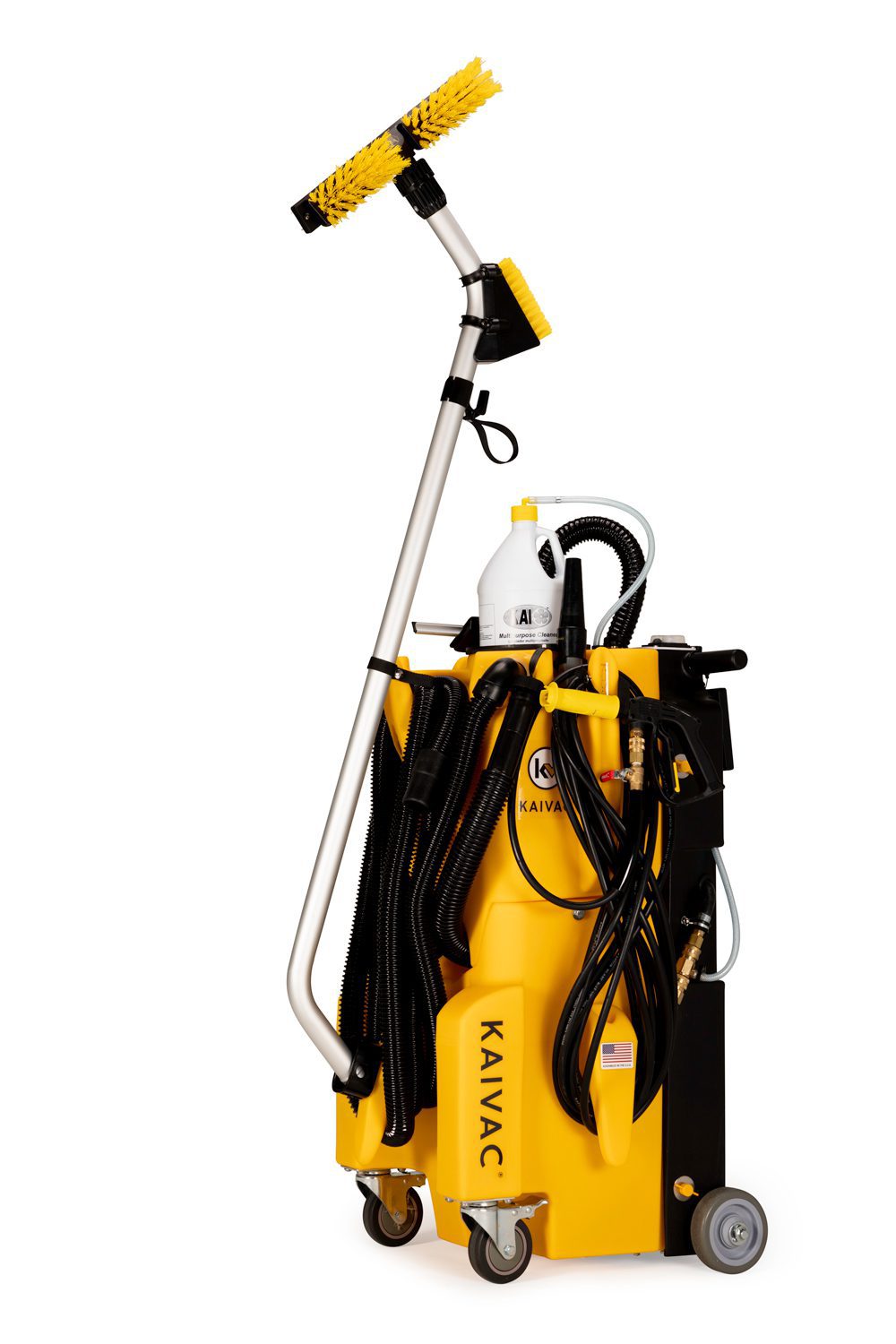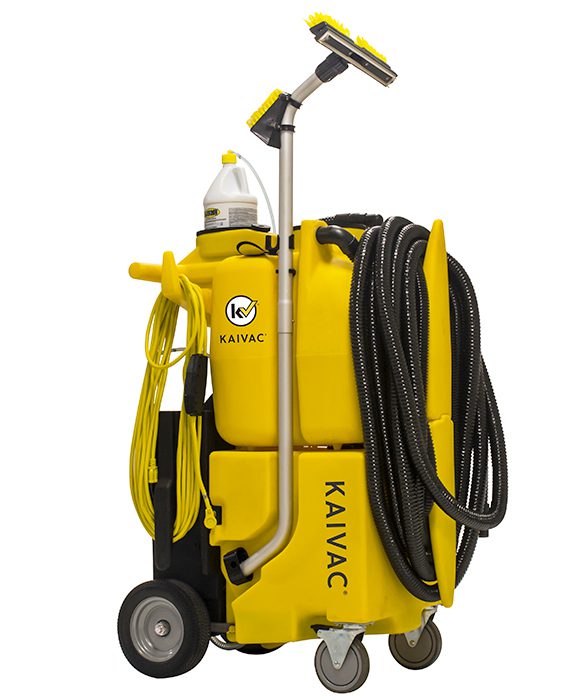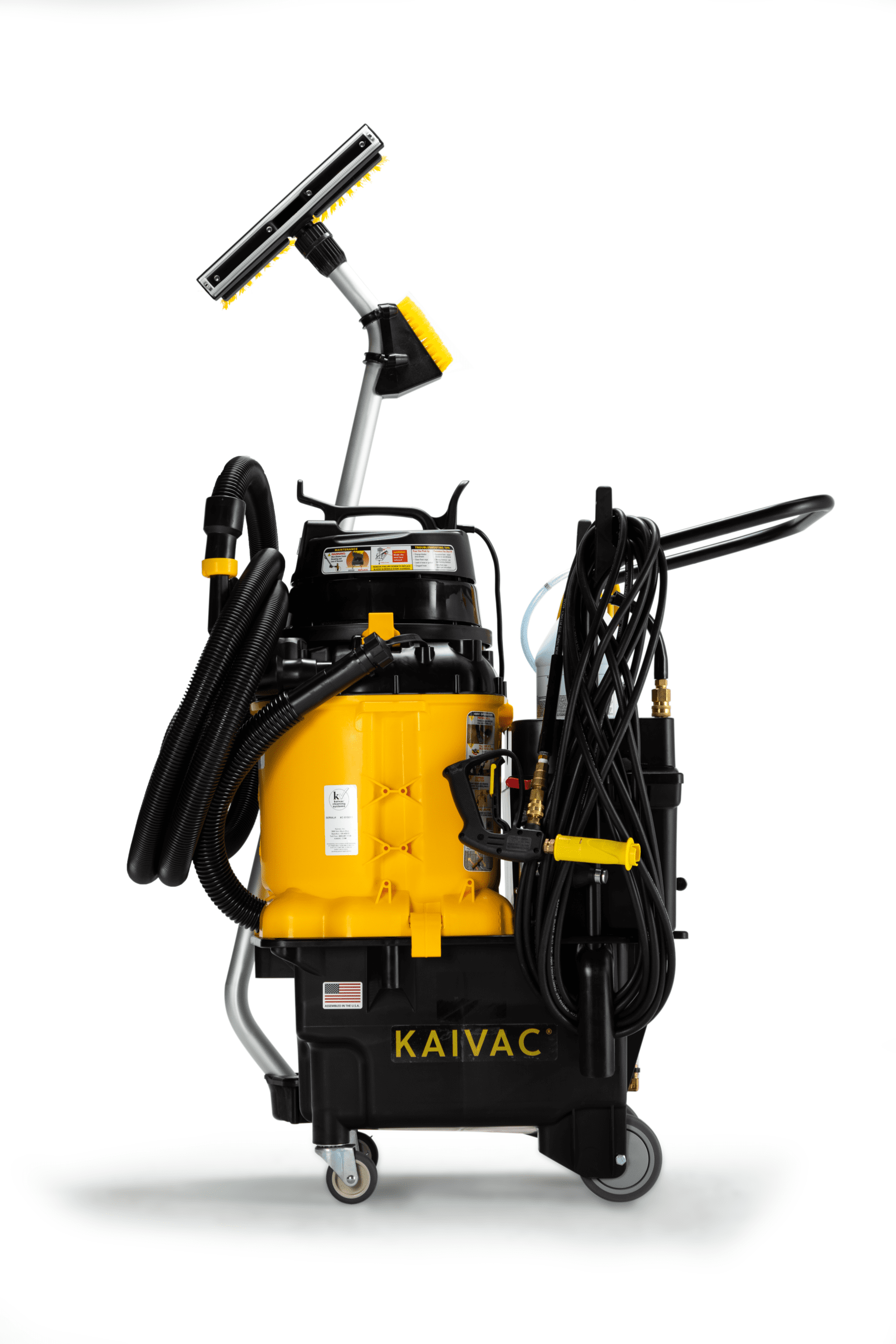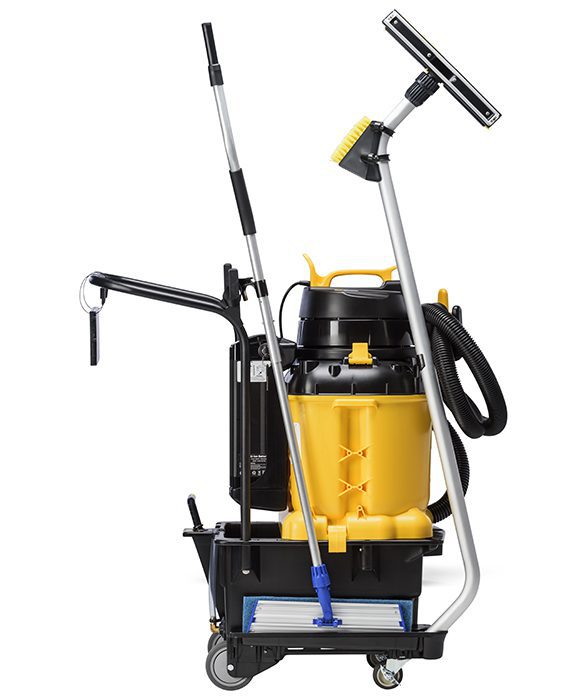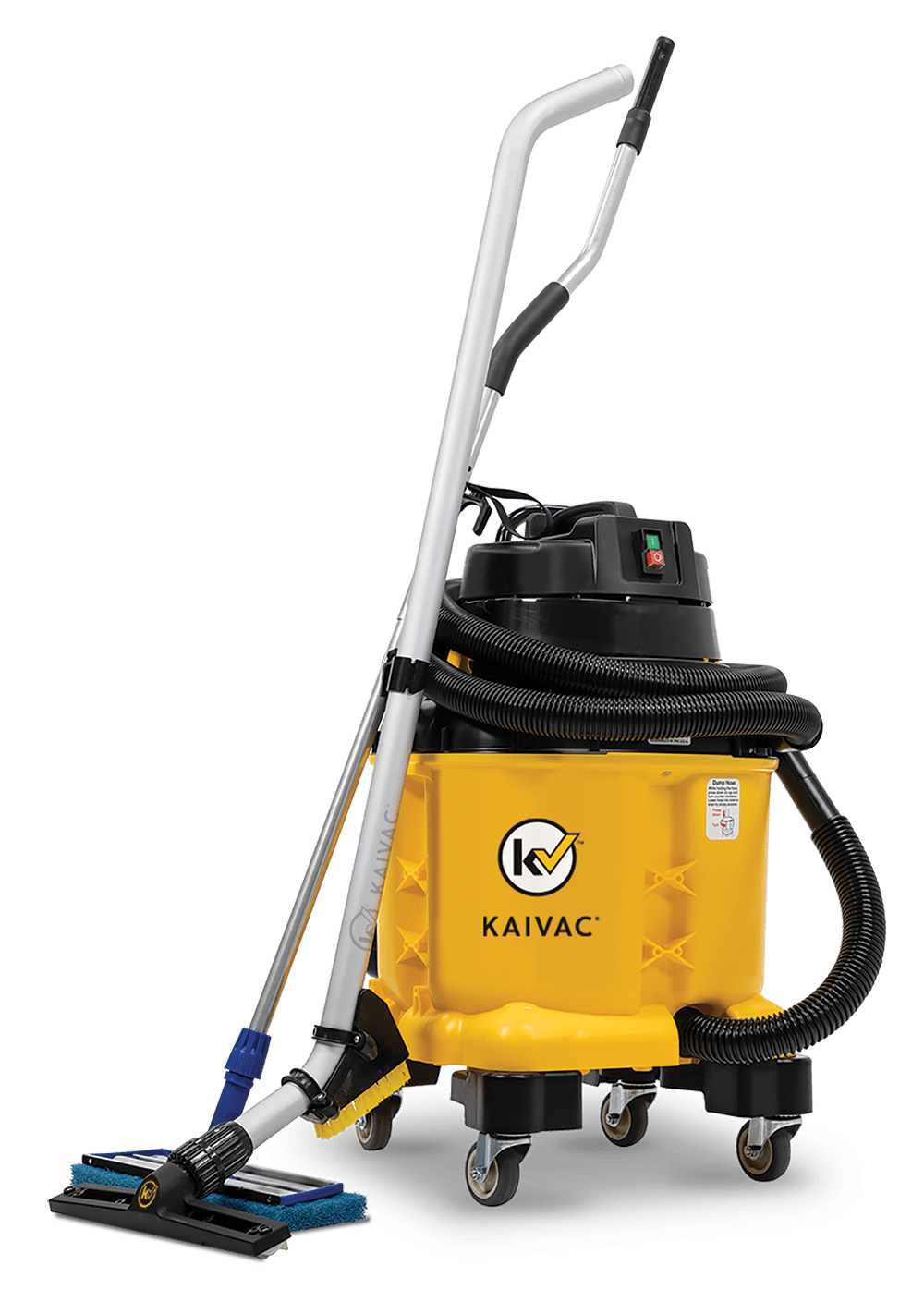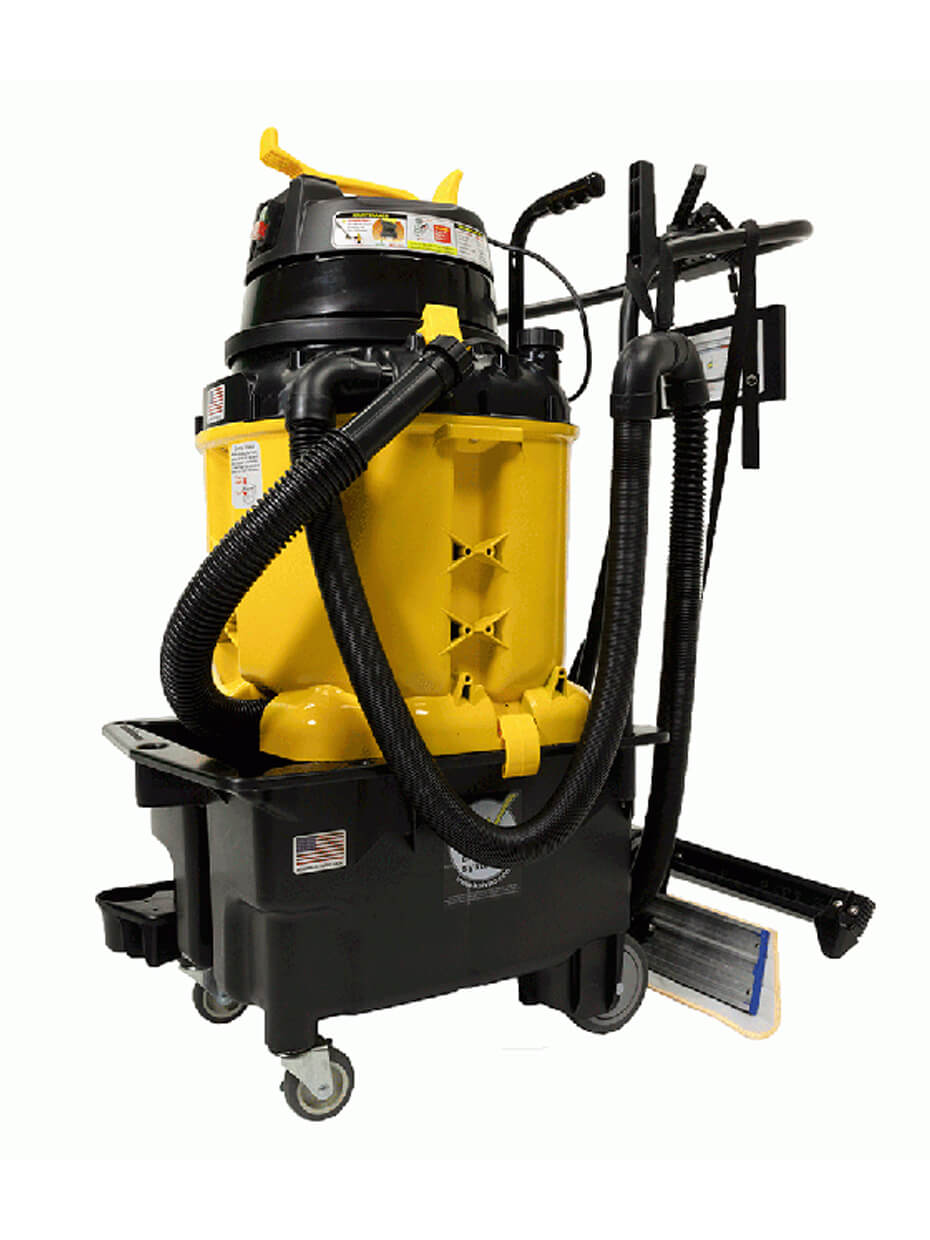The novel Covid-19 coronavirus continues to dominate headlines. With a staggering death toll (see latest numbers here), it’s no wonder the disease has business leaders, policy makers and public health officials on edge and seeking out cleaning tips for healthy schools. While novel Covid-19 may yet morph into a global disrupter, there’s a bigger threat to growing right here at home.
The Flu.
The 2019-2020 flu season is one of the worst on record. The Center for Disease Control estimates that there’s been at least 29 million flu illnesses, 280,000 hospitalizations and 16,000 deaths from flu.
And flu season isn’t over yet!
Follow these tips to prevent the spread of germs in school and keep your students, teachers and staff safe and healthy.
Flu’s Impact on Work and Schools
Flu closed schools in at least 12 states during the 2018-2019 season. This year’s numbers look to be on par, with closures already effecting large swaths of Arkansas, Alabama, Ohio and Tennessee.
The CDC doesn’t recommend closing schools for safety during a flu outbreak, but low attendance numbers coupled with fear may force local administrators’ hands.
These closures may ease minds, but they have a cost. While no government agency directly breaks out the financial impacts of flu on schools, missing work days due to seasonal flu costs $16.3 billion each year. ‘School closures, in particular, can cause a ripple effect, forcing not only students and staff to stay home – but also parents,’ according to an MedExpress article. ‘With no other options, some parents must call off work to care for their sick children, causing unexpected absences in the workplace and affecting productivity.’
How Colds, Flu and other Illnesses Spread
Respiratory illnesses like colds and flu spread through tiny droplets in the air. These droplets are expelled during a cough, sneeze or particularly animated conversation. If they land directly into another person’s nose, eye or mouth they have been exposed.
But exposure doesn’t require a direct hit. Heavy droplets settle out of the air quickly and deposit the virus where it lands. Influenza A can survive on a hard surface like a wall, desk or light switch for up to 48 hours. It can live up to 72 hours on a moist surface like a shower area or locker room.
Touching an infected surface and then touching a mucus membrane again exposes students, teachers and staff to the illness.
It’s no wonder colds and flu run through schools every year. Conditions are crowded and classrooms are busy. Younger students haven’t yet learned to reliably cover their sneeze or cough while older students move throughout the campus, touching surfaces all day.
Considering there’s 56.6 million students in the US it’s amazing there aren’t more cases of flu or other illnesses like E. coli, MRSA, Staph infections, Norovirus running rampant.
Cleaning to Prevent Illness
You can thank your janitorial staff for that. Cleaning goes a long way in preventing the spread of germs in schools. And if a school is closed because of illness, you can bet the maintenance staff is working overtime, scrubbing every surface.
This may make families and administrators feel good but cleaning for influenza control doesn’t require extra days or special techniques. The flu virus is surprisingly weak and fragile; easily removed or killed with standard cleaning and disinfecting protocols.
The trick is to be consistent, thorough and prevent cross-contamination.
Cut Back on Cross-Contamination
Touchpoints like light switches, door knobs and water taps need to be clean to avoid spreading infection. But attacking these surfaces with a wadded-up microfiber towel can introduce cross-contamination and make the problem worse. That’s why cleaning experts recommend folding a towel in quadrants and flipping to a fresh panel with every new surface.
Flipping and folding sounds good in practice, but it can be difficult to keep track of which parts of the towel are clean. Kaivac solves this issue with SmartTowel™. With eight labeled quadrants, maintenance workers know their SmartTowel™ surface is fresh and contaminant free.
Don’t Forget the Desks
Consistent cleaning means tackling all surfaces where droplets may have landed. That includes flat surfaces like desks, countertops and restroom wall partitions. These areas aren’t usually on the daily cleaning checklist because they’re a hassle. Scrubbing and rinsing takes time and effort. Use the wrong materials or method and the risk of cross-contamination increases as cleaning continues.
KaiFly™ from Kaivac offers a better solution. A system of microfiber, squeegee and chemical injection, the KaiFly™ removes bio-pollutants quickly without the risk of cross-contamination. The ergonomic design eliminates scrubbing and the risk of strain injuries.
Choose the Right Cleaning Chemical
Cleaning and disinfecting is the most thorough way to prevent the spread of germs in schools. KaiBosh™ from Kaivac lets you get both jobs done in one easy step. EPA Registered for Hospital Use, KaiBosh™ protects against a wide variety of bacteria, funguses and viruses. Use it to clean, shine and disinfect hard, non-porous unfinished surfaces. (Caution: Follow directions carefully for best results.)
Following these cleaning tips for healthy schools and providing regular, consistent cleaning will go a long way in preventing the spread of germs in schools. Don’t forget other common-sense preventions like washing hands regularly, staying home if you’re sick and getting a flu shot.


